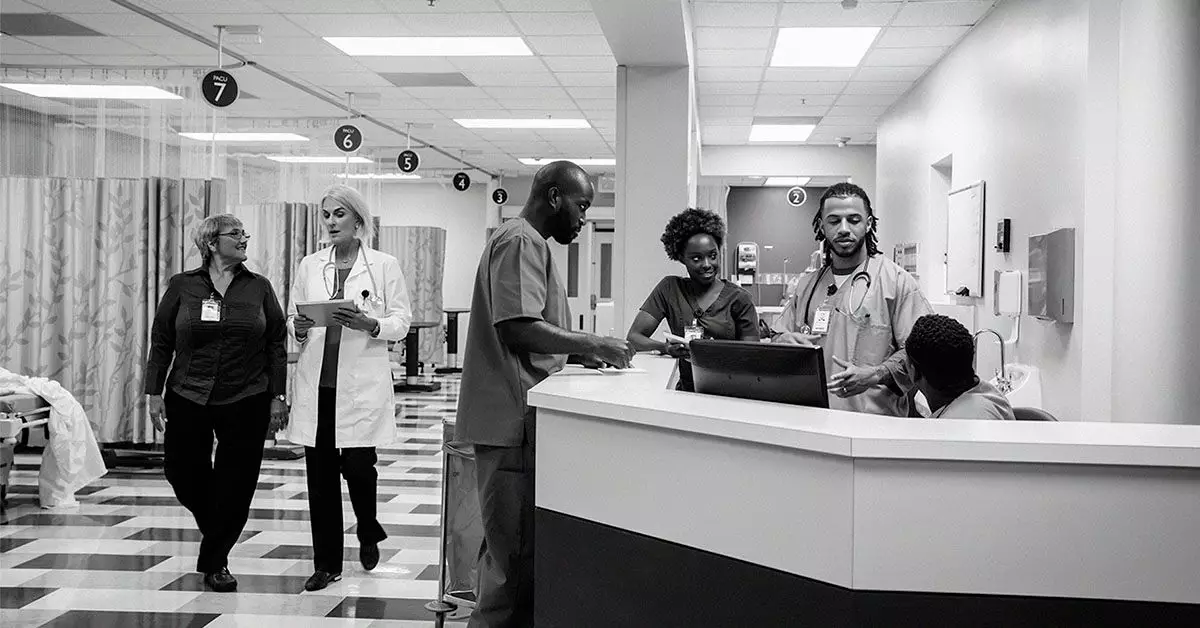A bone marrow transplant, also known as a stem cell transplant, represents a pivotal treatment strategy for patients battling various forms of cancer, especially lymphoma. At its core, the procedure involves the reintroduction of blood stem cells into the body to replenish those obliterated by aggressive treatments like chemotherapy or radiation. This process, executed meticulously, is not just about surviving cancer; it’s about reigniting the body’s potential to restore its blood-forming capacity.
Unlike routine health interventions, the bone marrow transplant is strategically employed either concurrently with prominent cancer therapies or as a follow-up when there’s a relapse or a lull in cancer activity. The significance of this treatment is underscored by the way it allows healthcare professionals to administer high-dose chemotherapy—a tactic that, while effective in targeting cancer cells, risks causing extensive damage to the bone marrow. Hence, the transplant serves a critical restorative function, acting as a lifeline for patients whose trees of life—represented by their blood cells—have been scorched by the ravages of disease.
Types of Transplants: Autologous vs. Allogeneic
Diving deeper, two primary types of bone marrow transplants—autologous and allogeneic—spark stark contrasts in their processes and implications. In an autologous transplant, stem cells are harvested directly from the patient before the commencement of high-dose cancer therapies. This method is quintessential as it ensures that the transplanted stem cells are inherently the patient’s own, potentially minimizing the risk of rejection and other complications.
Conversely, the allogeneic transplant retrieves stem cells from a matched donor, typically a sibling or another relative. It poses a greater complexity as the doctor must evaluate the compatibility of human leukocyte antigen (HLA) proteins to enhance the likelihood of a successful outcome. While both approaches have shown promise, the allogeneic transplant offers the prospect of utilizing stem cells that might be more robust against the patient’s specific disease, albeit at the risk of complications like graft-versus-host disease (GVHD).
The Intricacies of Stem Cell Harvesting
The extraction of stem cells requires a nuanced approach, often initiated with a general anesthetic to lessen discomfort. Traditionally, this is performed by a skilled surgeon who collects the bone marrow, usually from the pelvic bones, using a specialized needle. The collection might come with short-lived discomfort; however, most patients find the post-procedural recovery manageable with adequate pain relief. Once harvested, the stem cells undergo processing before they are frozen and stored for future infusion.
Given the emotional and physical toll of cancer treatment, the experience of undergoing a bone marrow transplant extends beyond clinical procedures. Each step—from harvesting to transplantation—is embedded with hope and trepidation, underlining the significance of mental fortitude alongside medical intervention.
The Outcomes: A Double-Edged Sword
When considering the success rates of bone marrow transplants, especially in cases like Hodgkin’s lymphoma, studies reflect encouraging statistics: nearly half of the patients achieve a complete response to autologous transplants. Furthermore, follow-up therapies after transplantation can significantly boost chances of long-term remission. For patients with aggressive forms of lymphoma, these outcomes not only signify survival but symbolize a remarkable resilience of the human spirit in the face of adversity.
However, it’s essential to temper this optimism with the acknowledgment of potential complications. Risks associated with both transplant types include a spectrum of issues ranging from the transplanted stem cells failing to adapt, relapses occurring after a seemingly successful procedure, or the emergence of infections—an inevitable hazard for individuals on immunosuppressive therapies. Thus, the medical team must maintain vigilant oversight of the patient’s condition following the transplant.
The Role of Personalization in Treatment
In the evolving landscape of oncology, the decision to pursue a bone marrow transplant cannot be made lightly. Physicians evaluate numerous factors, including a patient’s age, overall health, and specific disease characteristics. Age and pre-existing conditions may preclude some individuals from candidacy. Importantly, the growing emphasis on personalized medicine has begun to influence treatment protocols, ensuring that each patient receives a tailored approach best suited to their unique medical and psychological profile.
The journey toward recovery may also hinge upon familial and social support, recognizing that mental and emotional well-being is essential throughout the treatment process. As communities rally around individuals grappling with cancer, the human connection often becomes a formidable ally in shifting the cancer narrative from one of despair to resilience.
As we navigate the intricacies of bone marrow transplants, it becomes clear that these procedures are more than mere medical interventions; they symbolize a collaborative endeavor towards holistic recovery. The landscape is dynamic and evolving, and innovations continue to reshape the efficacy of these life-changing treatments. Through education and awareness, we can know that each transplant holds the power of hope, illuminating paths toward recovery in the challenging journey of cancer.

